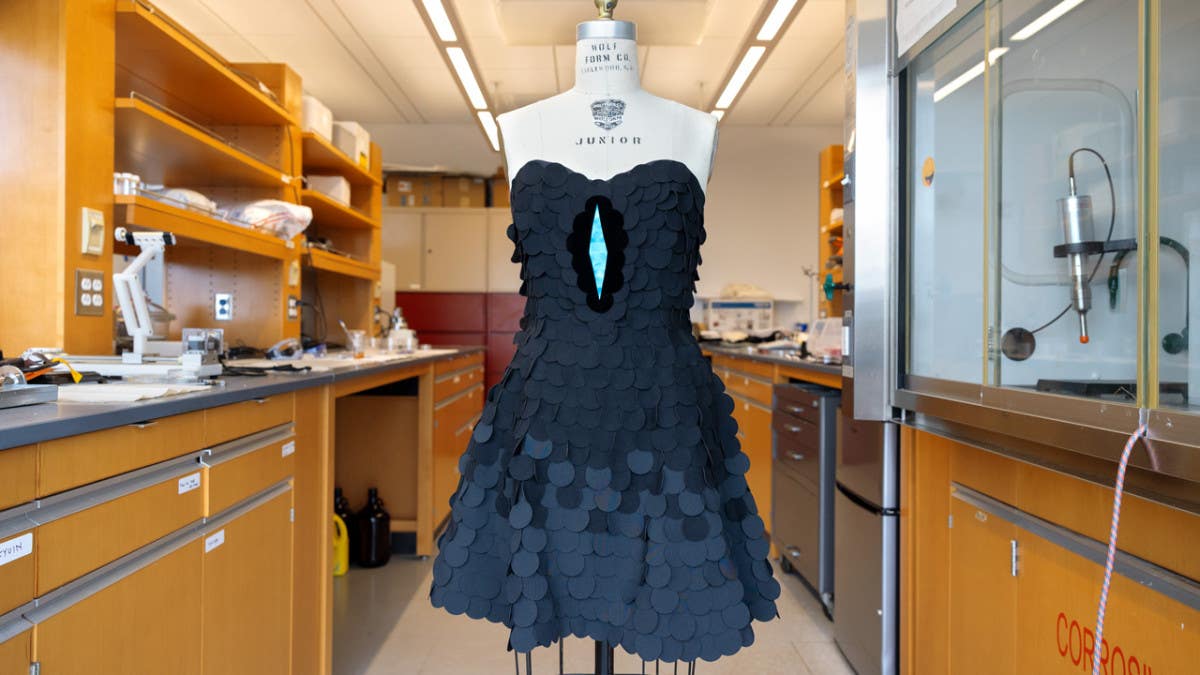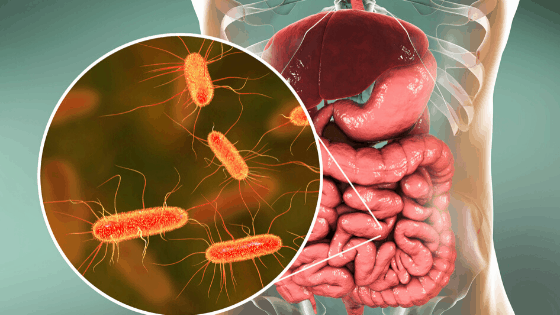Common plastic chemicals linked to 356,000 heart deaths worldwide
A global study has linked a plastic chemical found in household items to more than 356,000 heart-related deaths.

A global study has linked a plastic chemical found in household items to more than 356,000 heart-related deaths. (CREDIT: CC BY-SA 4.0)
Plastic has long been part of everyday life, from food containers to medical tools. But in recent years, scientists have uncovered a disturbing truth: chemicals used to make plastic soft and flexible may be harming your heart. These hidden threats, often found in things like plastic packaging and vinyl flooring, are tied to a rising number of deaths from cardiovascular disease around the world.
A Century of Progress—and a New Threat
Heart disease has been the leading cause of death in the United States since 1921. Global recognition of this crisis came in 2011 when the United Nations named cardiovascular disease, or CVD, a top health threat. Since the 1950s, massive public health campaigns have slashed CVD death rates by 60%.
Advances in medicine, better awareness, and steps like cutting tobacco use, treating high blood pressure, and improving diet and activity helped fuel this success.
Yet, progress has recently slowed. Between 2015 and 2022, age-adjusted death rates from heart disease started climbing again. More than one billion people globally now live with CVD, and in 2019 alone, it claimed over 17 million lives—about one in three deaths worldwide. An aging population and common risks like obesity and diabetes still play a big role. But newer dangers, such as chemical exposures from the environment, are drawing growing concern.
Plastic Chemicals in the Bloodstream
A class of chemicals called phthalates is under new scrutiny. These substances are added to plastics to make them softer and more flexible. One in particular, di-2-ethylhexyl phthalate (DEHP), is found in everyday items like food wrap, PVC pipes, medical tubing, and even cosmetics.
DEHP is so common that its breakdown products—like MEHP, MEHHP, MECPP, and MEOHP—have been detected in nearly every country. DEHP doesn't just stay in the plastic; it leaches out and enters your body through food, air, or skin contact. Once inside, it can interfere with hormones, increase inflammation in your arteries, and disrupt the way your body handles fats and sugars.
Related Stories
“By highlighting the connection between phthalates and a leading cause of death across the world, our findings add to the vast body of evidence that these chemicals present a tremendous danger to human health,” said Sara Hyman, a research scientist at NYU Grossman School of Medicine.
Hyman and her team used global health surveys and urine samples from nearly 200 countries to estimate DEHP exposure levels. Then, using death records from the Institute for Health Metrics and Evaluation, they mapped how many people died of heart disease linked to that exposure.
Their results, published in Lancet eBiomedicine, were alarming. In 2018, DEHP was tied to over 356,000 deaths from heart disease worldwide—more than 13% of all heart-related deaths among people aged 55 to 64. Most of these deaths occurred in regions like the Middle East, South Asia, East Asia, and the Pacific.
How Plastic Harms the Heart
Unlike visible trash, phthalates are invisible threats. Once ingested or inhaled, they act like antiandrogens, interfering with hormone balance. They also activate certain genes that control how your body stores and burns fat and sugar. These changes can lead to obesity, insulin resistance, and plaque buildup in arteries—conditions that set the stage for heart attacks and strokes.
Researchers have even found micro- and nanoplastics in human blood and artery walls. These tiny particles may physically irritate tissues, much like air pollution does. They may also act as delivery systems, bringing other harmful chemicals deeper into the body. One study found that patients with microplastics in their artery plaques had a higher risk of heart attack, stroke, or death after surgery.
Still, some uncertainties remain. Scientists are working to better understand how small these particles need to be to enter the bloodstream, how to separate them from similar-looking materials, and how they interact with other chemicals in the body.
A Global Problem with Uneven Impact
According to study co-author Leonardo Trasande, regions facing rapid growth in plastic production—often without strict safety regulations—suffer the most. India had the highest death toll tied to DEHP exposure in 2018, with over 103,000 deaths. China and Indonesia followed. Together, East Asia and the Pacific, along with the Middle East, accounted for nearly three-quarters of all DEHP-related heart disease deaths.
“There is a clear disparity in which parts of the world bear the brunt of heightened heart risks from phthalates,” said Trasande, who is a professor at NYU and director of its Division of Environmental Pediatrics. He argues that these findings demand swift international action to reduce plastic use and exposure, especially in areas with few environmental protections.
The cost is not just in lives. The economic impact of these deaths reached about $510 billion and may have climbed as high as $3.74 trillion in 2018 alone.
Finding a Way Forward
While it’s nearly impossible to avoid plastics entirely, small changes can make a difference. Some governments have already succeeded in reducing phthalate exposure through new policies and public education. Bans on certain types of plastic in food packaging and better labeling standards are beginning to show results.
In 2022, the UN Environment Assembly took a major step forward by announcing plans to create a legally binding global agreement to end plastic pollution. However, progress has stalled as petrochemical-producing countries resist stricter limits, claiming that the health risks from plastic additives like phthalates remain unproven.
The researchers behind this new global study disagree. While their analysis did not track every kind of phthalate or include every age group, they argue that the actual number of heart-related deaths from plastic exposure is likely far higher.
Their next steps include looking at how lowering DEHP exposure may reduce deaths in the future, and exploring how these chemicals may affect other health issues, such as premature births.
With the world at a tipping point in plastic use, science is offering a clear warning: ignoring the health costs of plastics may come at a deadly price. The fight against heart disease may now depend as much on reducing plastic pollution as it does on better medicine and healthier lifestyles.
Note: The article above provided above by The Brighter Side of News.
Like these kind of feel good stories? Get The Brighter Side of News' newsletter.



